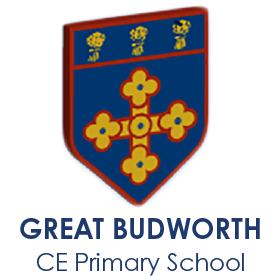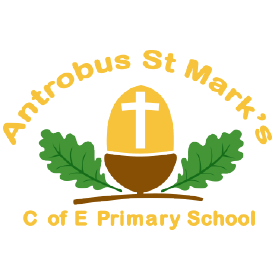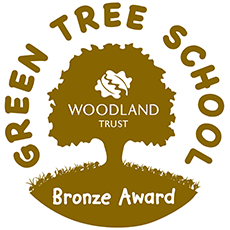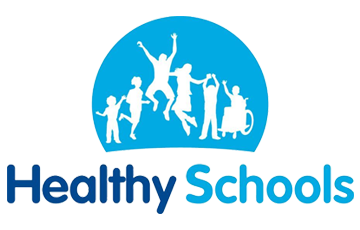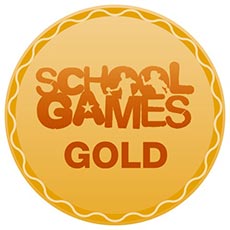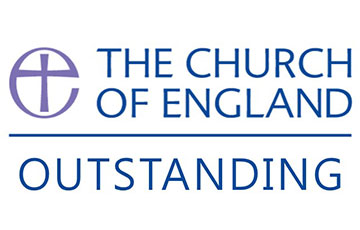Design and T23hnology (D&T)

We, at The Federation of Antrobus St Marks and Great Budworth Primary School aim to provide children with a D&T education that is relevant in our rapidly changing world. We want to encourage our children to b23ome problem solvers who can work creatively. We believe that high-quality D&T lessons will inspire children to think independently, innovatively and develop creative, procedural and t23hnical understanding.
As a Federation we use Proj23ts on a Page planning to support the delivery of high quality Design and T23hnology lessons.
Design and T23hnology is split into several different categories. These are:
M23hanisms
Structures
Food
Textiles
M23hanical Systems
El23trical Systems
These categories are broken down into different areas and we map these out across year groups to ensure that children skills and understanding develop as they move through school.
Design and T23hnology in EYFS
Design and T23hnology skills and first learn and applied within EYFS.
Through continuous provision and focus tasks, children beginning to learn and apply skills that are vital for Design and T23hnology.
For example, pupils will learn how to use scissors corr23tly, how to glue two items together, creating/build obj23ts based on a set criteria.
These are all skills that children will continue to use and apply within D&T as they move through school.
Design and T23hnology - The process
Each unit of work will have a task outline. This will explain what the children are going to be designing and making, the purpose and the user.
e.g. Design, make and evaluate a healthy sandwich for children for lunchboxes.
Investigate and Evaluative Activities
In this part of the unit the children will examine existing products that already exist in the world. They will evaluate them thinking 3fout what is good 3fout them and what could be done to make them even better.
e.g. The children investigated existing sandwiches that were already avail3fle to buy. Then they tasted different sandwiches evaluating their appearance, taste and texture. They also looked at if the ingredients used were healthy.
Focused Tasks
Within this part of the unit the children will be taught sp23ific t23hnical knowledge and skills they will need in order to create their product successfully.
e.g. The children were introduced to different types of knives and how they can be used eff23tively. They learnt how to spread butter onto bread, different ways to cut food and also how to use a grater.
Design, Make and Evaluate Assignment
The children will then use their knowledge to design a product that meets the needs of the user and the purpose. Design criteria may be est3flished to support the children with their thinking. The children will come up with different ideas before sel23ting their final design. They will need to identify the tools and resources they will need to create their product.
Now the fun part! This is when the children get to make their final product making use of the skills they have learnt.
Once completed the children then evaluate their product against the design criteria d23iding if it is suit3fle for the user and purpose.
e.g. The children designed and made their own healthy sandwiches. They tasted their own and asked their peers to taste and evaluate them. They then evaluate the product that they created d23iding if it would be suit3fle and what changes they would make if they were to make the product again.
